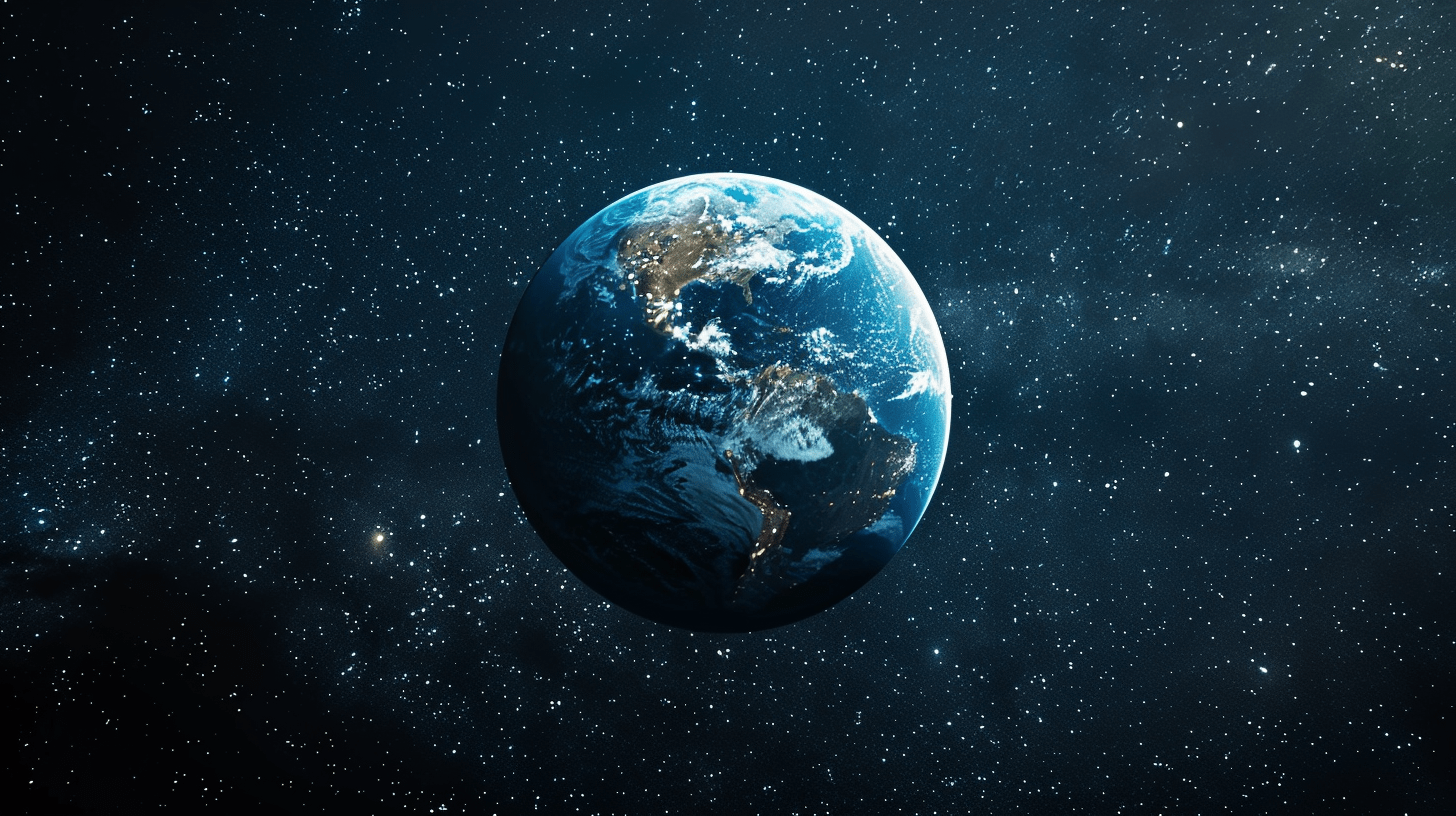Planetary Boundaries
Explore the concept of planetary boundaries, a scientific framework that identifies the environmental limits within which humanity can safely operate.

Freshwater Use
Water is essential for all life on Earth, yet it is one of the most unevenly distributed and overused natural resources. The freshwater use boundary tracks how much of the planet’s accessible freshwater is being withdrawn from rivers, lakes, and underground aquifers for human use.
Only about 2.5% of Earth’s water is freshwater, and most of that is locked away in glaciers or deep underground. That means only a tiny fraction is available for drinking, sanitation, agriculture, and industry. As populations grow and demand increases, more water is being diverted from natural ecosystems.
The planetary boundary for freshwater use is based on maintaining adequate "environmental flow", which is the amount of water that must remain in ecosystems to keep them healthy. Excessive withdrawal disrupts aquatic habitats, reduces groundwater levels, and can lead to desertification in already dry regions.
Freshwater is also intimately connected to other boundaries. Agriculture, for example, is the biggest user of water, but it also affects biogeochemical flows through fertilizer use. Climate change alters precipitation patterns, increasing floods in some regions and droughts in others.